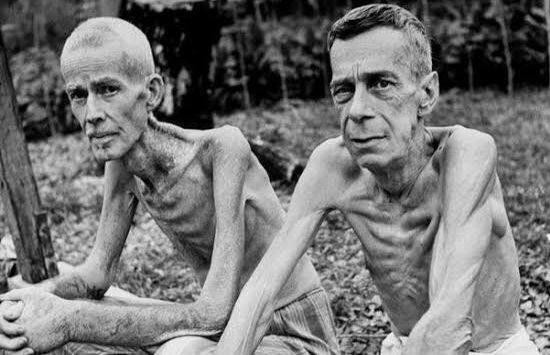
Analysis by international organisations, including the European Union and different UN agencies, said the number of people suffering from hunger or experiencing food insecurity rose worldwide in 2022.
The report released on Wednesday found that more than a quarter billion people experienced acute hunger or suffered from catastrophic famines in 2022.
Compared to 2021, the number of people classified in the three highest levels of food insecurity increased from 193 million to 258 million.
According to the report, regional conflicts, the fallout from the coronavirus pandemic, and the economic consequences of Russia’s invasion of Ukraine are the primary drivers of many food crises.
The report also had contributions from the United Nations Food and Agriculture Organization (FAO) and the United Nations World Food Programme (WFP).
“More than a quarter of a billion people are now facing acute levels of hunger, and some are on the brink of starvation,” UN Secretary-General António Guterres wrote in the report’s foreword. “That’s unconscionable.”
“The latest figures on the global acute food insecurity situation paint a very concerning picture,” said Rein Paulsen, the FAO’s director for emergencies and resilience. The 258 million affected are “vulnerable households, whose lives and livelihoods are being threatened.”
Famine emergencies and food crises are measured using the five-level Integrated Food Security Phase Classification (IPC) scale, in which phase 3 signifies acute hunger.
According to the report, around 35 million people were affected by humanitarian emergencies (phase 4) in 2022.
The report also found that around 376,000 people suffered famine (the highest level – 5). Experts, however, warned that the actual number of those affected is almost certainly significantly higher because of incomplete data.
(dpa/NAN)


